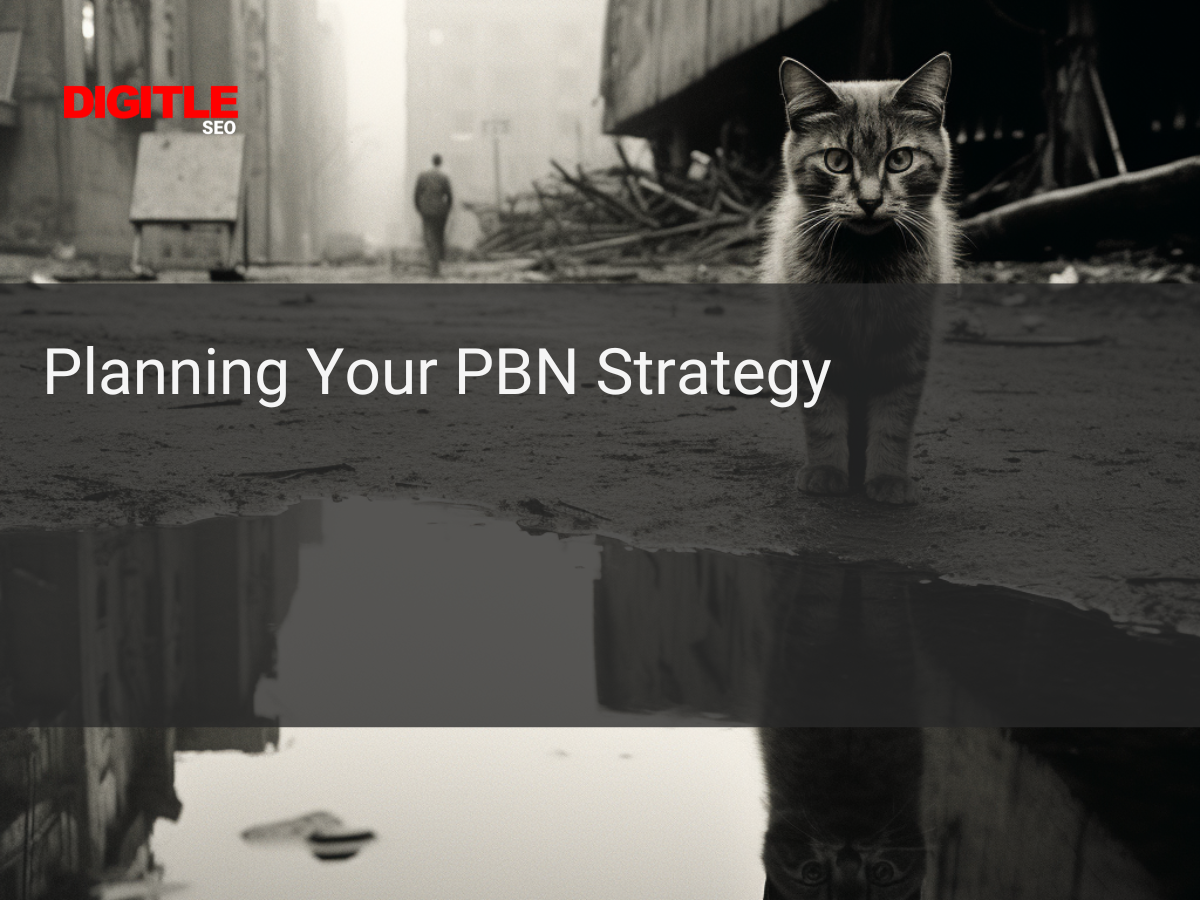Should You Publish 600 Articles On A Brand New Website?
If you're sitting on a pile of content and are wondering "Should I publish 600 articles on my brand new website?", the short answer is: not all at once. While it's tempting to launch your site with an abundance of information, too much content published in one go might overwhelm your audience and potentially raise red flags for search engines. Instead, consider gradually releasing articles to give your readers time to digest the material and allow search engines to index each page effectively. This approach also provides consistent fresh content that keeps users coming back for more. In this article, we'll delve into why this strategy works better in the long run.
Why Publishing a Large Number of Articles on a New Website Can Be Beneficial
When you're starting out with a brand new website, it's tempting to go all out and publish hundreds of articles right off the bat. Let's look at why this approach can have its advantages:
- Rapid Content Accumulation: With more content published in less time, your website will quickly establish itself as an information hub.
- SEO Boosting: More articles mean more opportunities for SEO keywords. This helps improve your search engine rankings.
Here is a quick comparison table that highlights the benefits:
| Advantage | Explanation |
|---|---|
| Visibility increases | Google loves fresh content; frequent updates can boost visibility |
| Diverse Keywords | Multiple articles allow usage of varied SEO terms leading to better ranking |
Notably, these are some key points when considering publishing 600 articles on a new site:
- You get to cover broad topics relevant to your niche.
- Your site becomes rich with potential internal linking opportunities.
- High volume posting might attract guest writers who want exposure.
Remember though: while quantity holds importance, don't compromise quality!
The Potential Risks and Challenges of Publishing 600 Articles on a Brand New Website
Publishing a large volume of content all at once can have its drawbacks. Let's explore the potential risks and challenges:
- Google Sandbox: Google might consider this sudden influx as spammy behavior, possibly leading to your website landing in the 'sandbox', hindering visibility.
- Content Overwhelm for Users: Your audience may feel overwhelmed by so much content. This could result in lower engagement rates.
- Quality vs Quantity: Ensuring high-quality articles while publishing such sheer volume could be challenging. Poor quality can adversely affect ranking.
- Indexing Issues: With 600 new pages, search engines might have trouble indexing them swiftly and effectively.
| Risk/Challenge | Explanation |
|---|---|
| Google Sandbox | Rapid surge seen as suspicious |
| Content Overwhelm for Users | Too many choices lead to indecision |
| Quality vs Quantity Dilemma | Maintaining standards with bulk production is hard |
| Indexing Issues | Search engine struggles with abrupt page increase |
- Prioritize establishing trustworthiness over rapid growth.
- Focus on user experience rather than just filling up space.
- Maintain consistent high quality instead of focusing only on quantity.
- Be patient with SEO results; they take time to show effect.
Strategies for Effectively Managing and Organizing a High Volume of Content
Managing hundreds of articles on a new website can seem overwhelming, but with the right strategies, it's absolutely manageable. Here are some key steps to take:
1. Develop an Editorial Calendar: Plan your content in advance using a calendar. This helps to avoid repetition and ensure all topics get covered.
2.Implement SEO Best Practices: Focus on keyword research, meta descriptions, title tags and internal linking for each article.
3. Use Tags and Categories Wisely: These help visitors find what they're looking for quickly.
4. Optimize Images: Compress images before uploading to improve page load speeds which is important for SEO.
5. Check For Duplicates Regularly: Use tools like Copyscape or Siteliner to ensure you’re not duplicating content internally or externally.
| Strategy | Tool |
|---|---|
| Keyword Research | SEMrush |
| Meta Descriptions & Title Tags | Yoast SEO Plugin |
| Image Compression | TinyPNG |
Remember: Quality always trumps quantity!
Understanding the Impact of Frequent Content Updates on Search Engine Rankings
Frequent content updates can have a significant impact on search engine rankings.
- Freshness Factor:
- Google likes fresh, new content. It signals that your website is active and providing relevant information.
- User Engagement:
- More articles mean more chances for users to engage with your site. This can increase session duration and decrease bounce rates.
- More Keywords:
- Adding more articles gives you the opportunity to rank for a wider variety of keywords.
But, it's not just about quantity; quality matters too!
| Consideration | Explanation |
|---|---|
| Relevant Content | Ensure that all 600 articles are relevant to your website's theme or niche. Irrelevant content may confuse Google’s algorithm, affecting ranking negatively! |
| Quality Over Quantity | High-quality articles will always outperform a larger quantity of low-quality ones in terms of SEO results |
If we take an example:
- Website A posts high-quality blogs once per week
- Website B posts low-quality blogs daily
In this scenario, even though Website B has more frequent updates, because their quality lacks compared to Website A they might still rank lower in search engine results!
So yes, publishing 600 articles might give you quick visibility but without maintaining relevance & quality it may hurt your rankings in the long run!
Tips for Generating Quality Content at Scale Without Sacrificing Quality or Relevance
The challenge is to generate hundreds of articles without sacrificing quality or relevance. Here are some tips to keep in mind:
- Focus on a Niche: Stick to your niche and write about topics you're familiar with. This speeds up the writing process without compromising specificity.
- Create an Editorial Calendar: Plan your content ahead of time, this helps maintain consistency and enables careful research per article.
- Content Templates: Use templates for different type of posts (lists, how-to guides) which ensures uniformity and saves time.
Using Tools
Leverage modern tools that can aid in scaling up content production while maintaining quality:
| Tool | Usage |
|---|---|
| Grammarly | For grammar checks and language polishing |
| BuzzSumo | To identify trending topics within your niche |
Outsourcing
Consider outsourcing part of the workload:
- Freelance Writers: Hire freelance writers proficient in your niche.
- Guest Posts: Accept guest posts relevant to your website's theme.
Remember, generating massive amounts of content right off the bat isn't as crucial as providing consistent, high-quality material over time.
How to Promote Your Brand New Website with an Extensive Article Library
Promoting a new website using an extensive article library can be quite the task. Here's how:
1. Quality Over Quantity Don't get caught up in the numbers game of publishing 600 articles right off the bat. Instead, focus on creating high-quality content that brings value to your audience.
2. Use SEO Best Practices Optimize each piece of content for search engines:
- Conduct keyword research.
- Include relevant keywords in titles and headings.
- Write descriptive meta tags.
3. Share Content on Social Media Use platforms like Facebook, Twitter, or LinkedIn to share your articles and generate traffic back to your site.
The table below shows some strategies you can use:
| Strategy | Details |
|---|---|
| Guest Blogging | Contribute high-quality posts on other sites in exchange for backlinks |
| Influencer Marketing | Collaborate with influencers who have a similar target audience |
Remember: A successful promotion strategy requires consistent effort over time!
Measuring Success: Analyzing the Performance and ROI of Publishing Numerous Articles
Deciding to publish 600 articles on a new website is a big move. It's essential to measure success, analyze performance, and calculate the return on investment (ROI). Here are some factors you should consider:
- Website Traffic: Check your site analytics regularly. You want to see an upward trend in unique visitors, pageviews, and session duration.
- Bounce Rate: A low bounce rate suggests that your content is engaging enough to keep readers on your site.
Use Google Analytics or similar tools for these measurements.
To evaluate ROI:
- Calculate the cost of producing 600 articles - include writer fees, editing costs, etc.
- Determine how much revenue these articles generate - through ads, product sales or affiliate links.
Then use this formula:
ROI = (Revenue - Cost) / Cost * 100%
Here's an example table showing potential results from publishing 600 articles.
Remember that SEO gains aren't always immediate; patience pays off! Consider tracking metrics over six months to a year for true insight into performance.
Wrapping Up
You're now informed. Publishing 600 articles on a brand new website isn't the magic bullet for SEO success. Quality trumps quantity any day; focus on producing high-value content that meets user expectations and adheres to Google's guidelines.
Remember, SEO is no sprint - it's a marathon. You have to persistently refine your strategy, monitor performance metrics, and make necessary adjustments. So go ahead! Start with solid keyword research, create amazing content one piece at a time, and watch your organic traffic grow steadily over time.




![Aged Domains Versus Expired Domains [What Is Better?]](https://lirp.cdn-website.com/7c941cf4/dms3rep/multi/opt/4-cde4d733-1920w.png)


